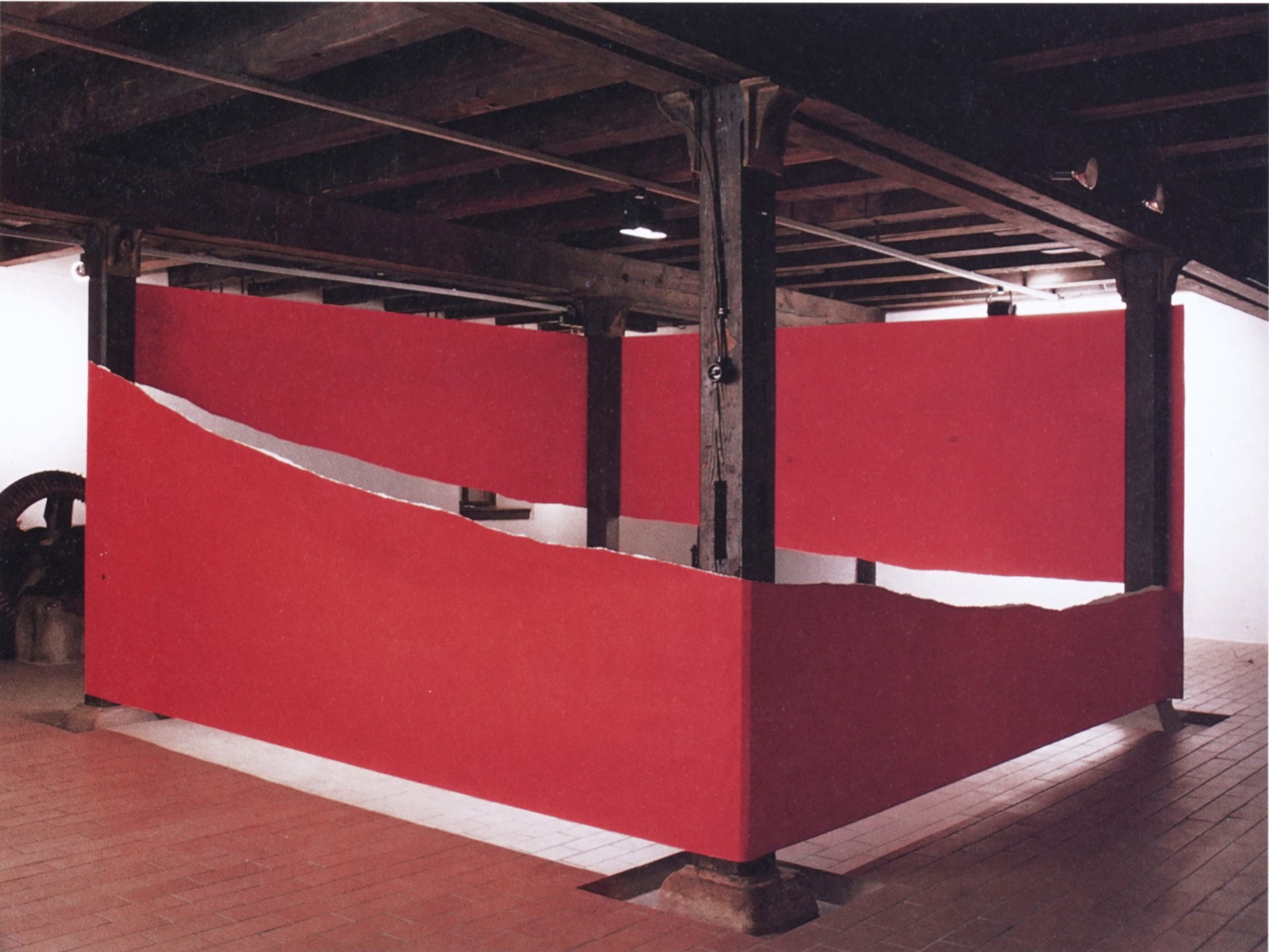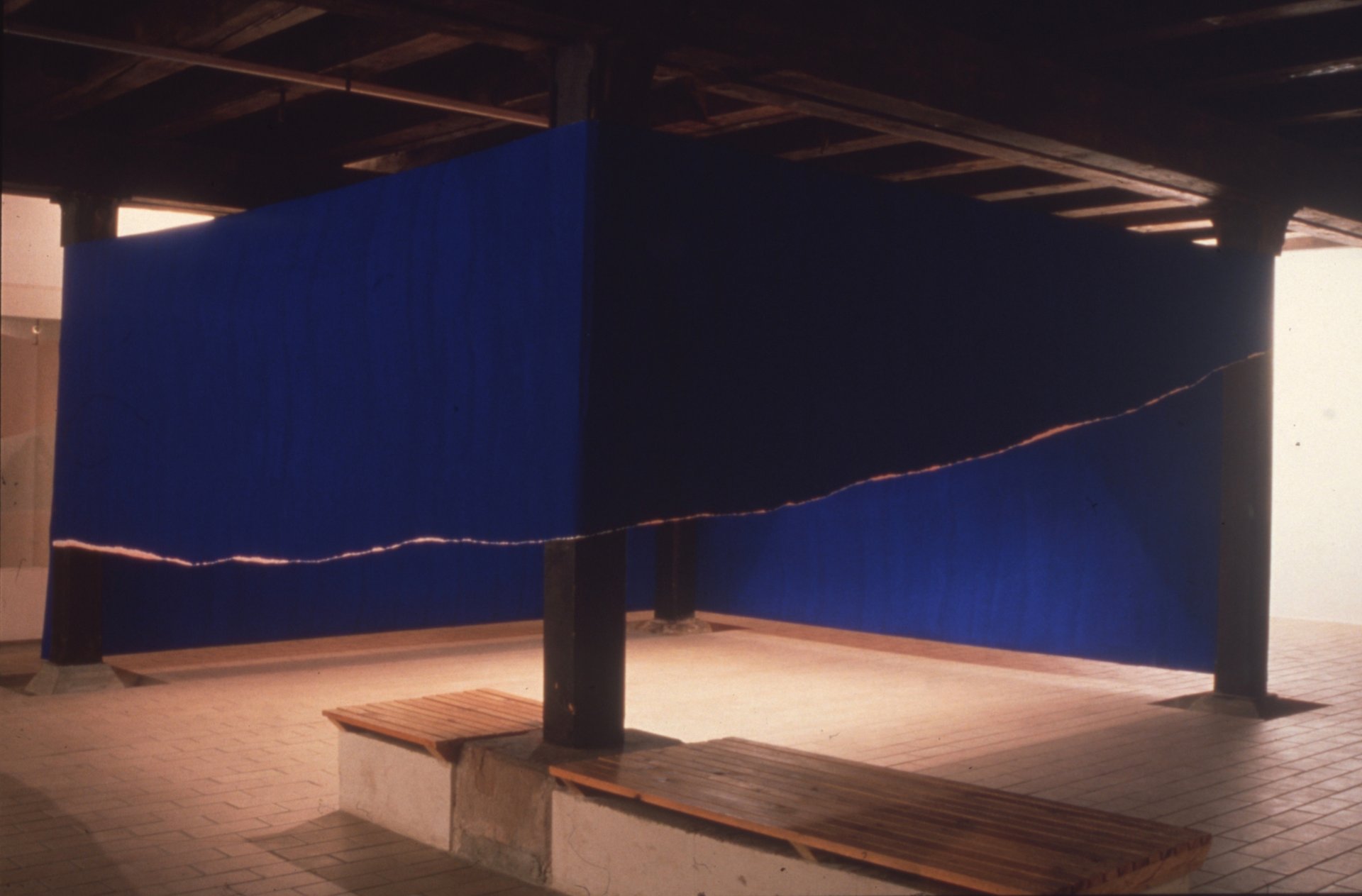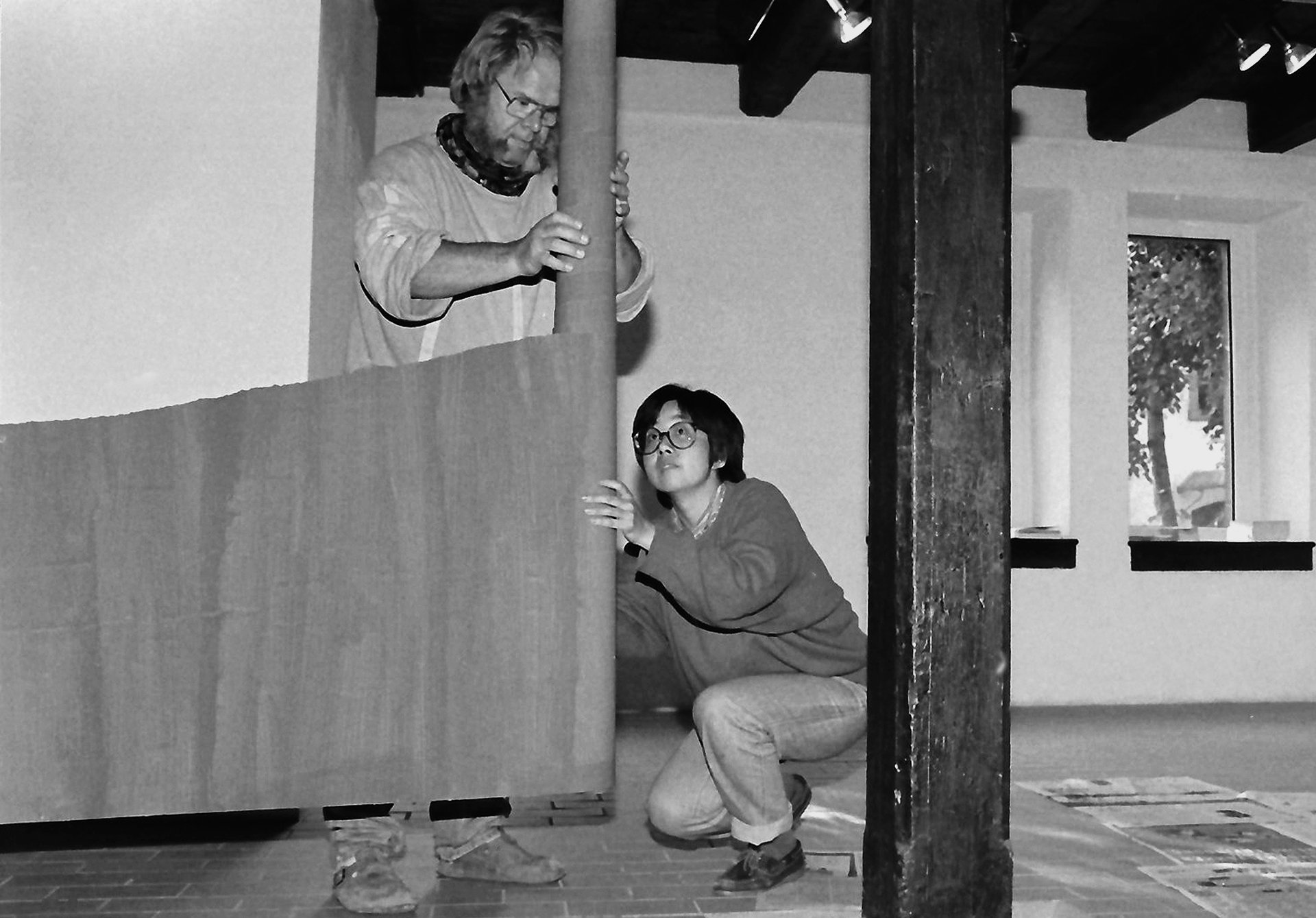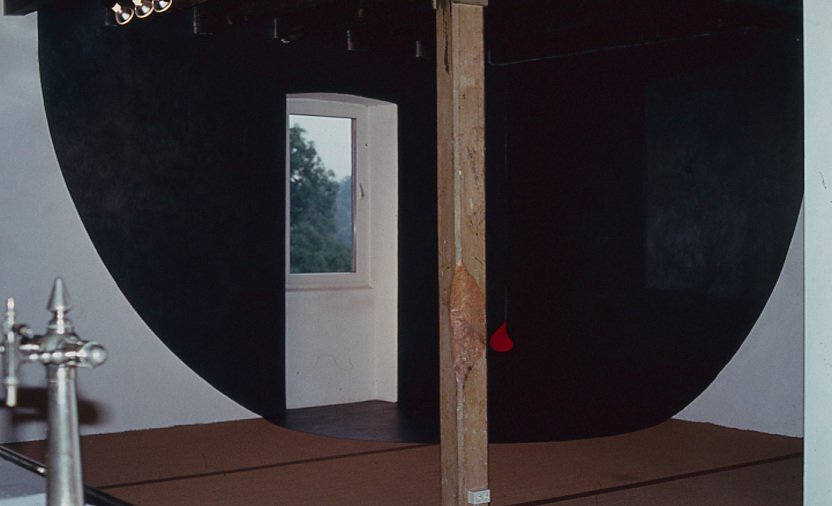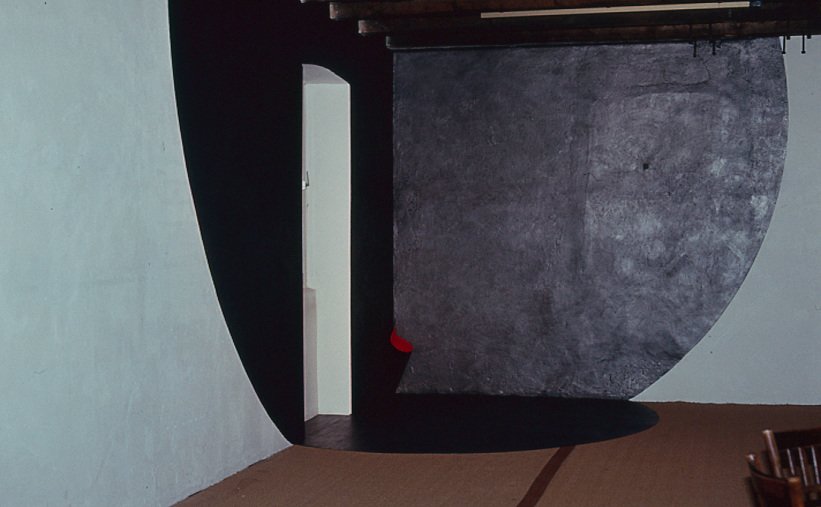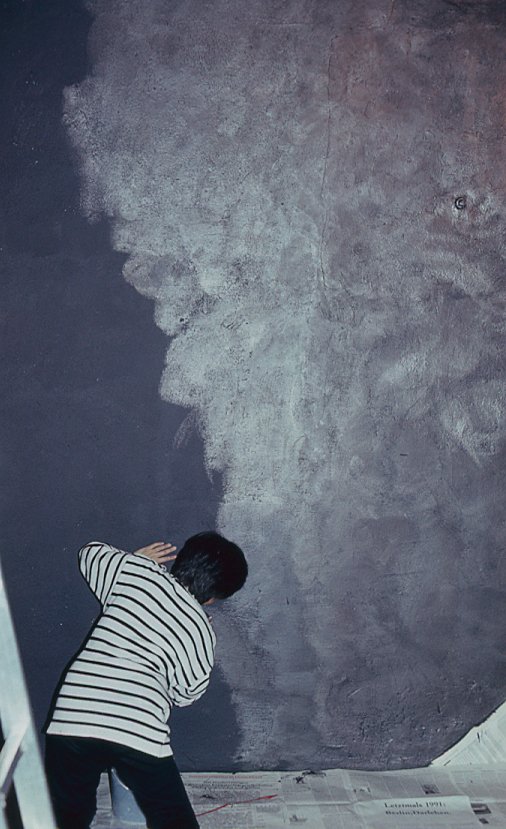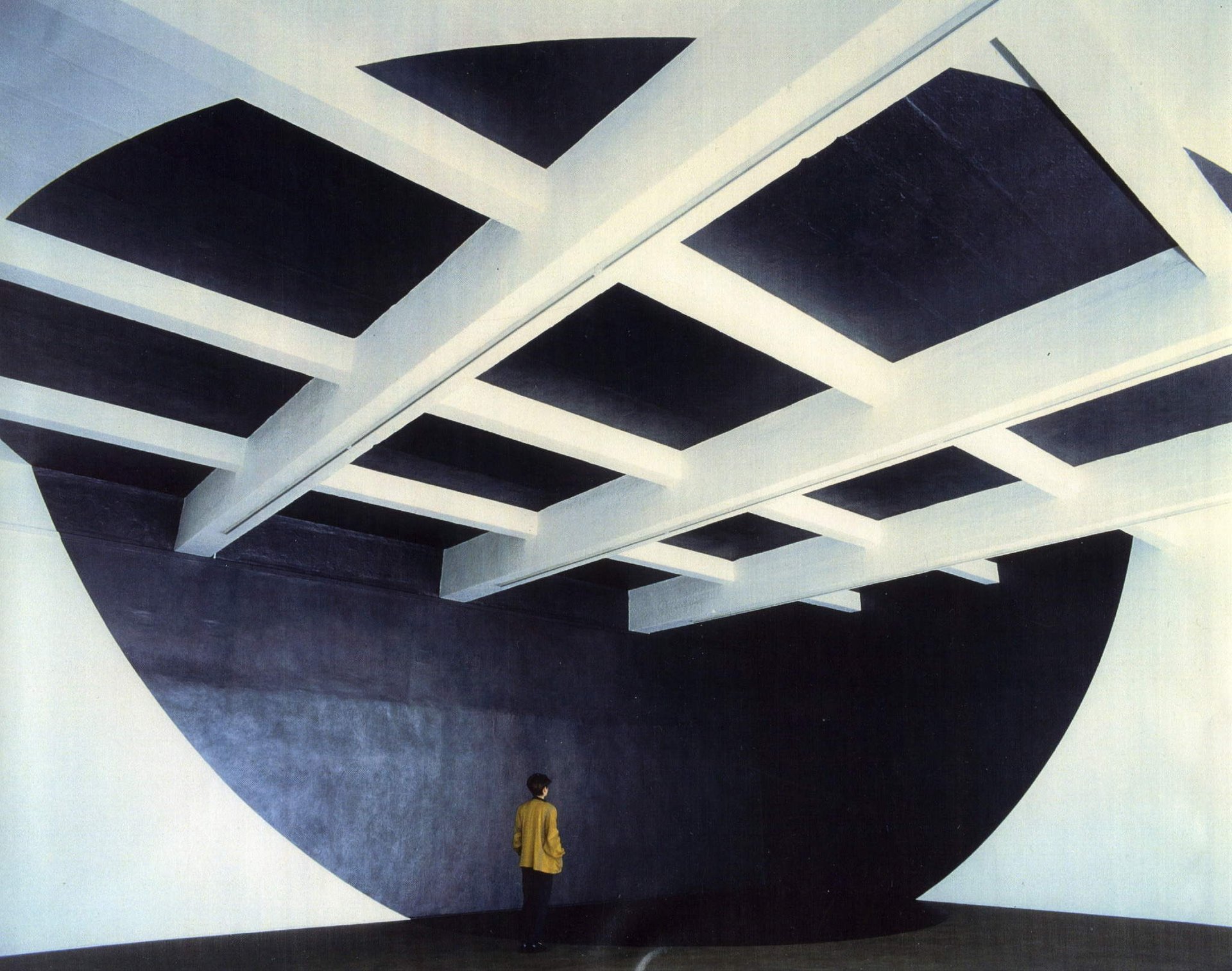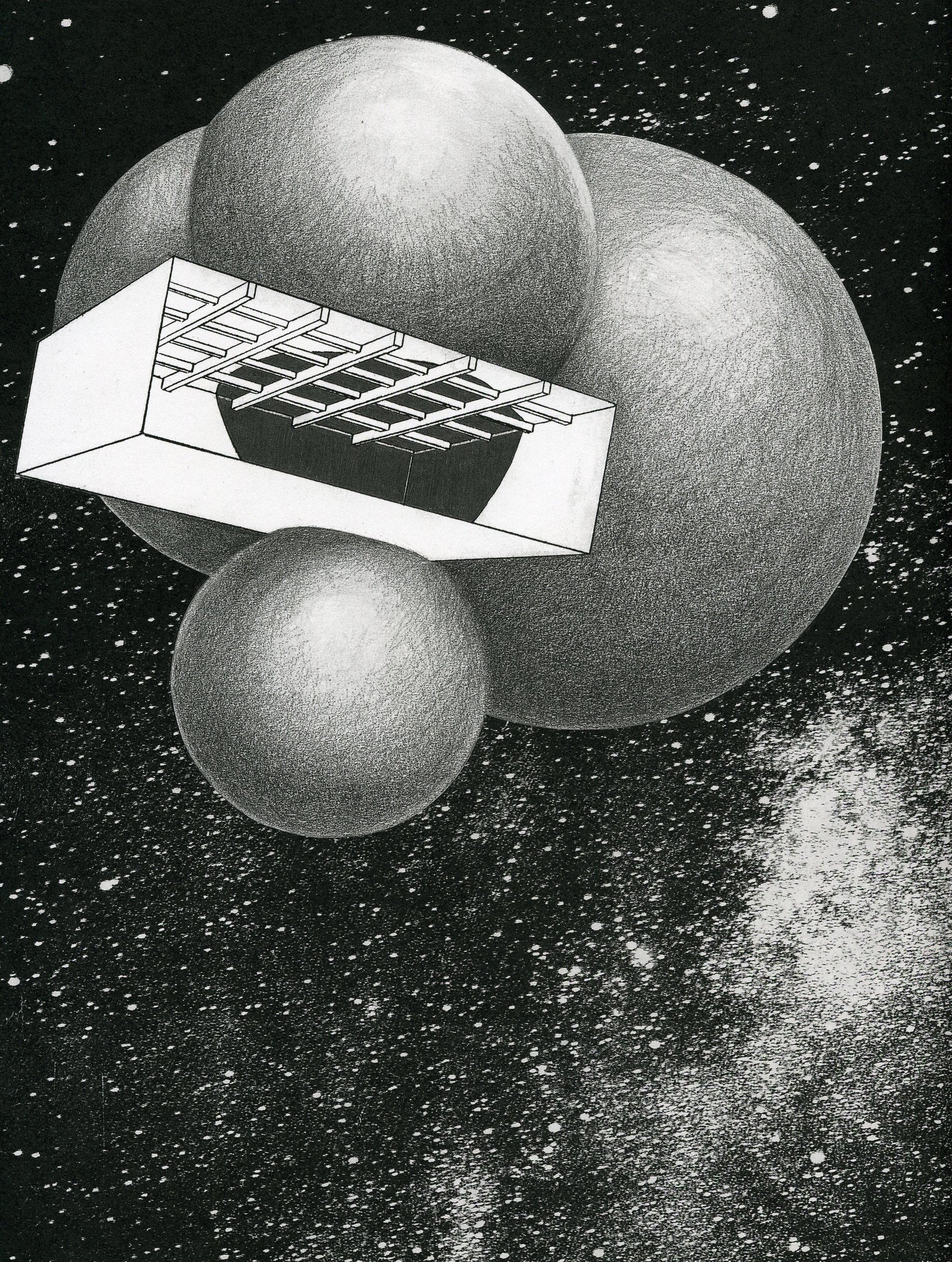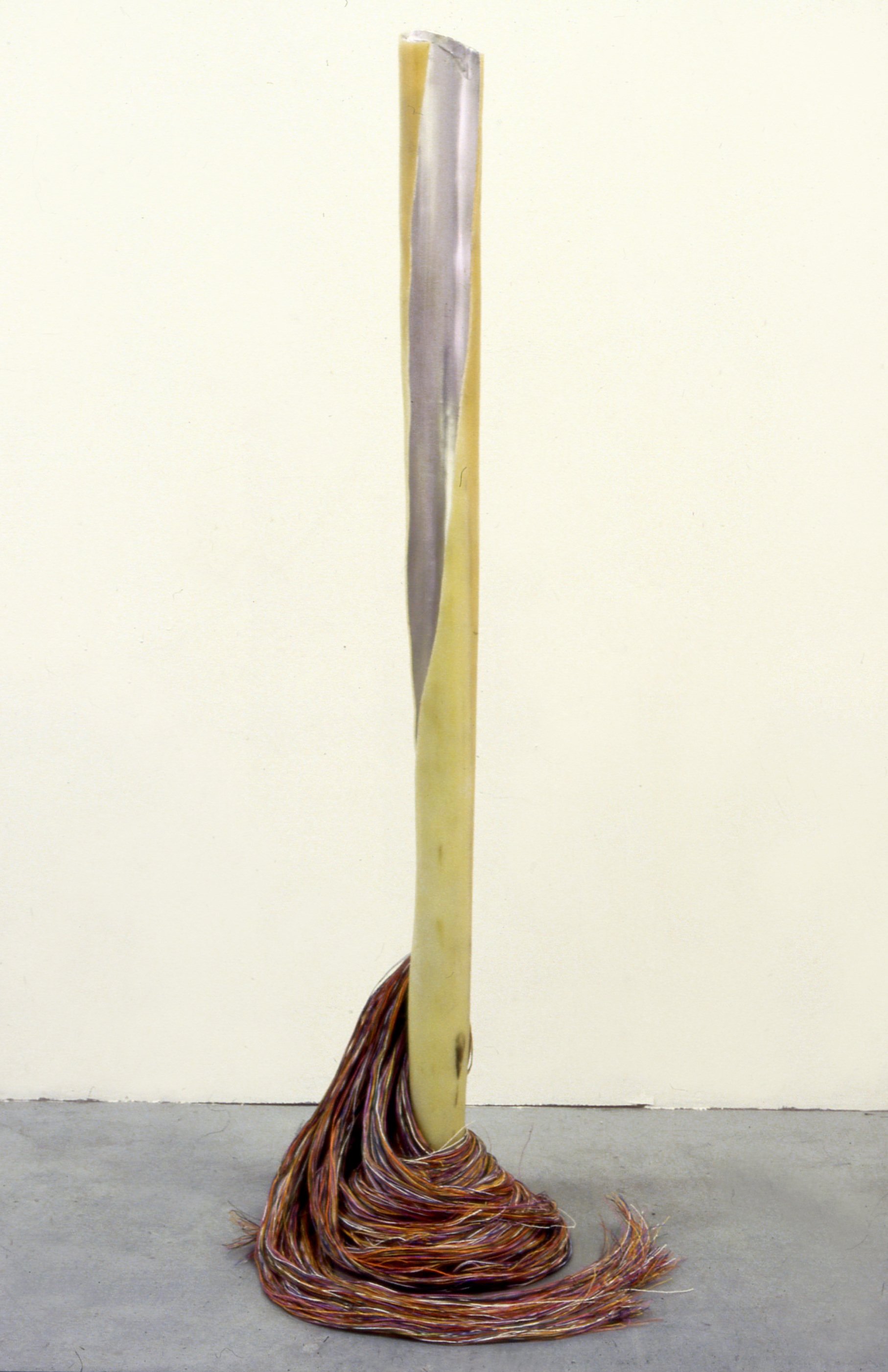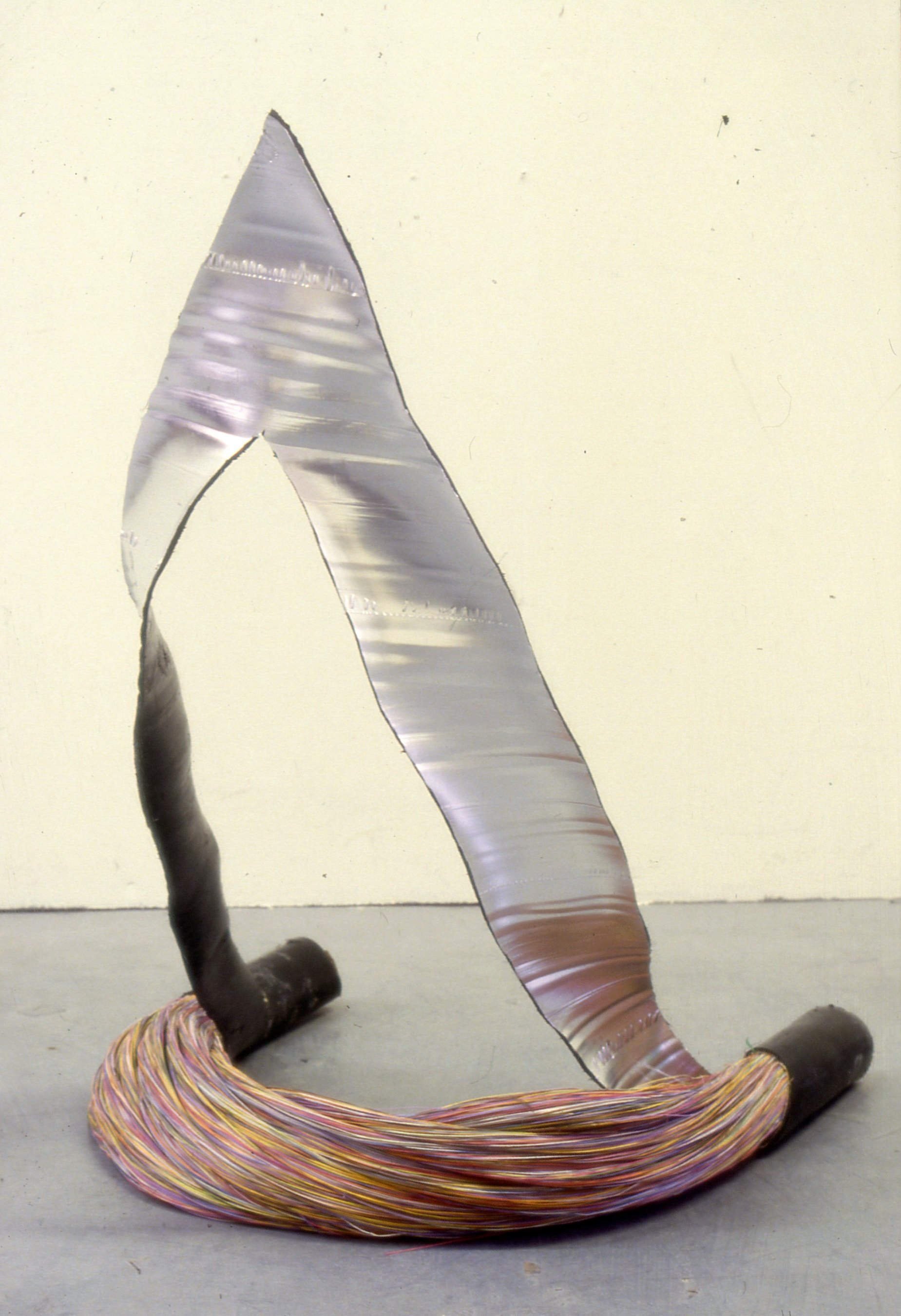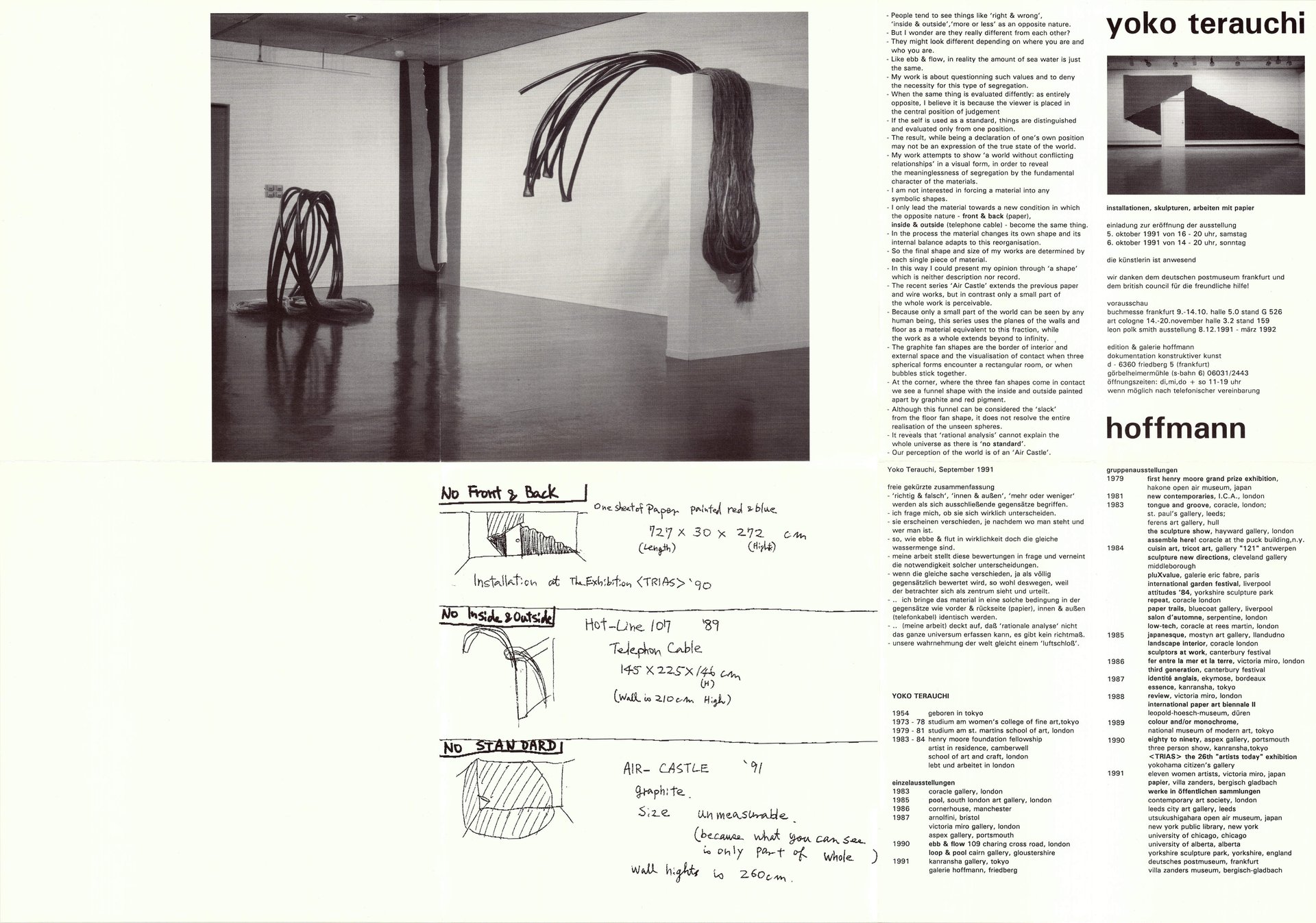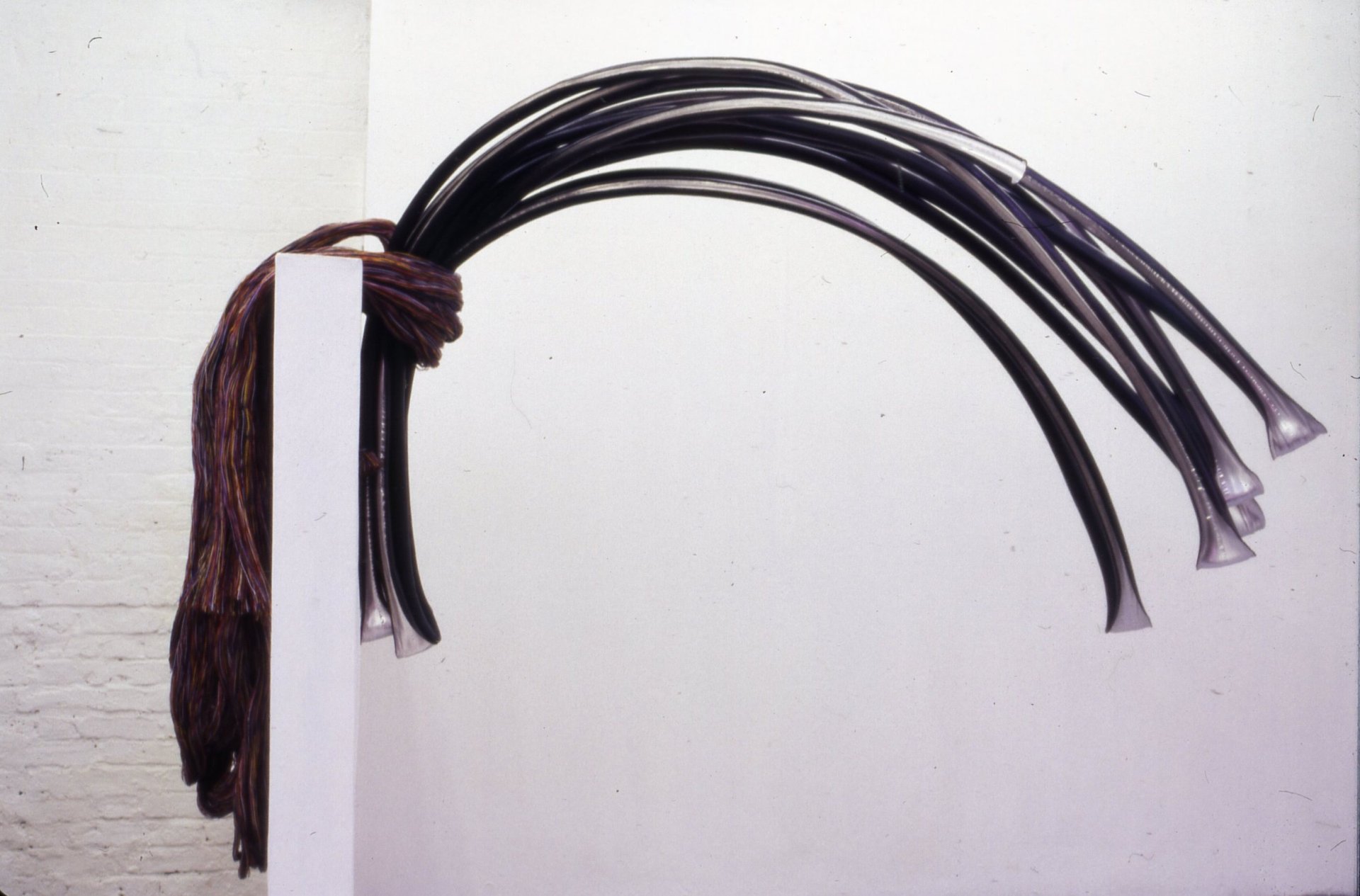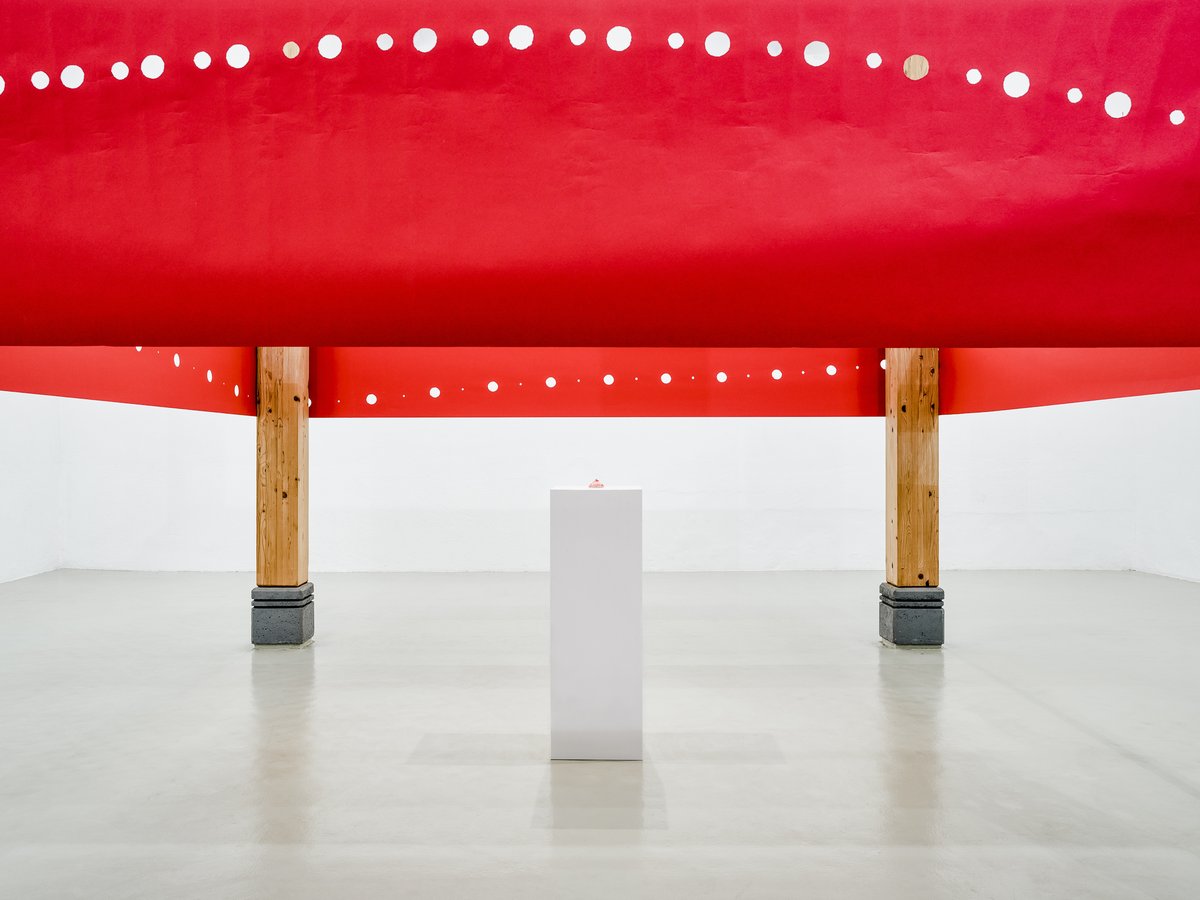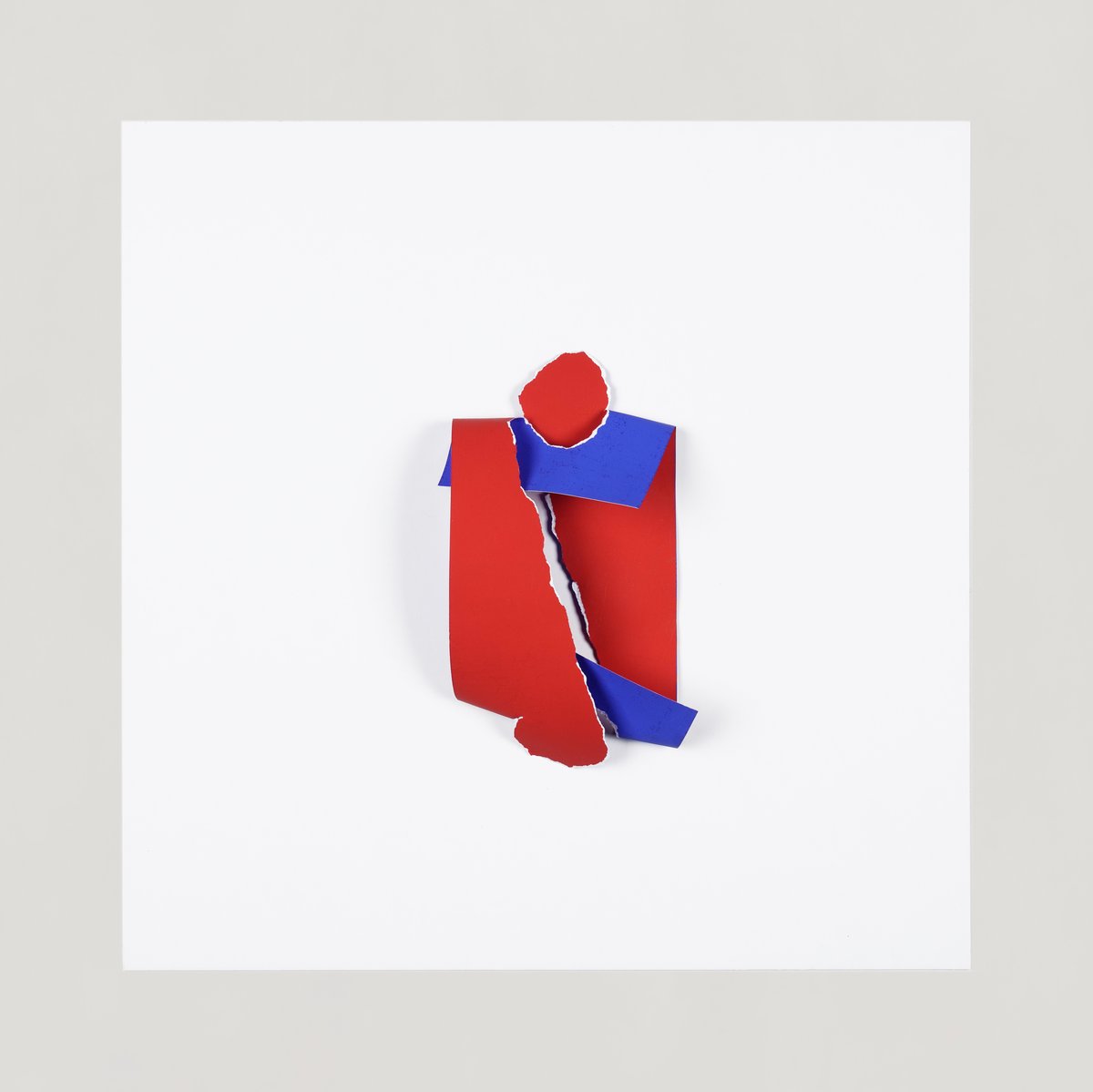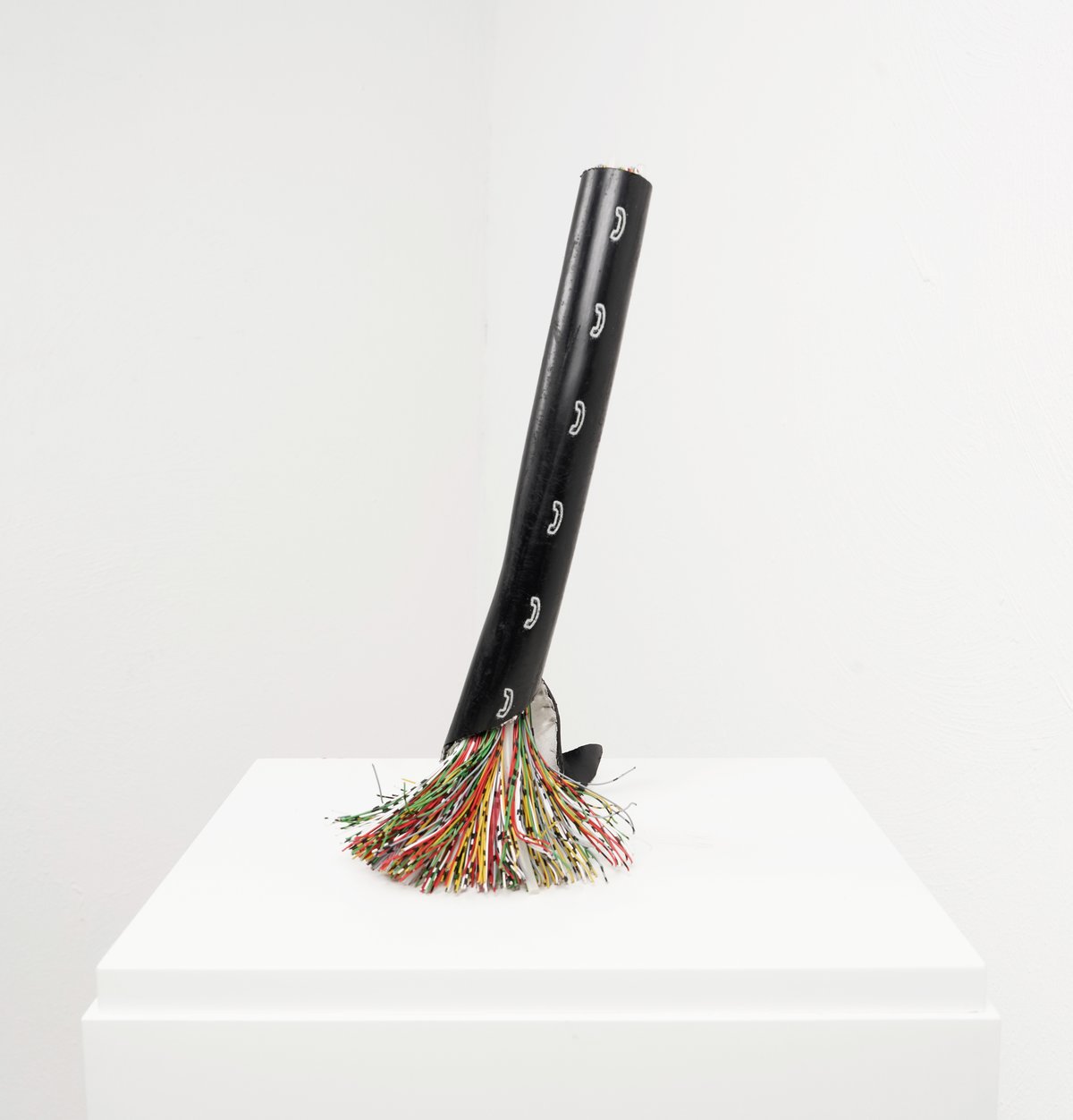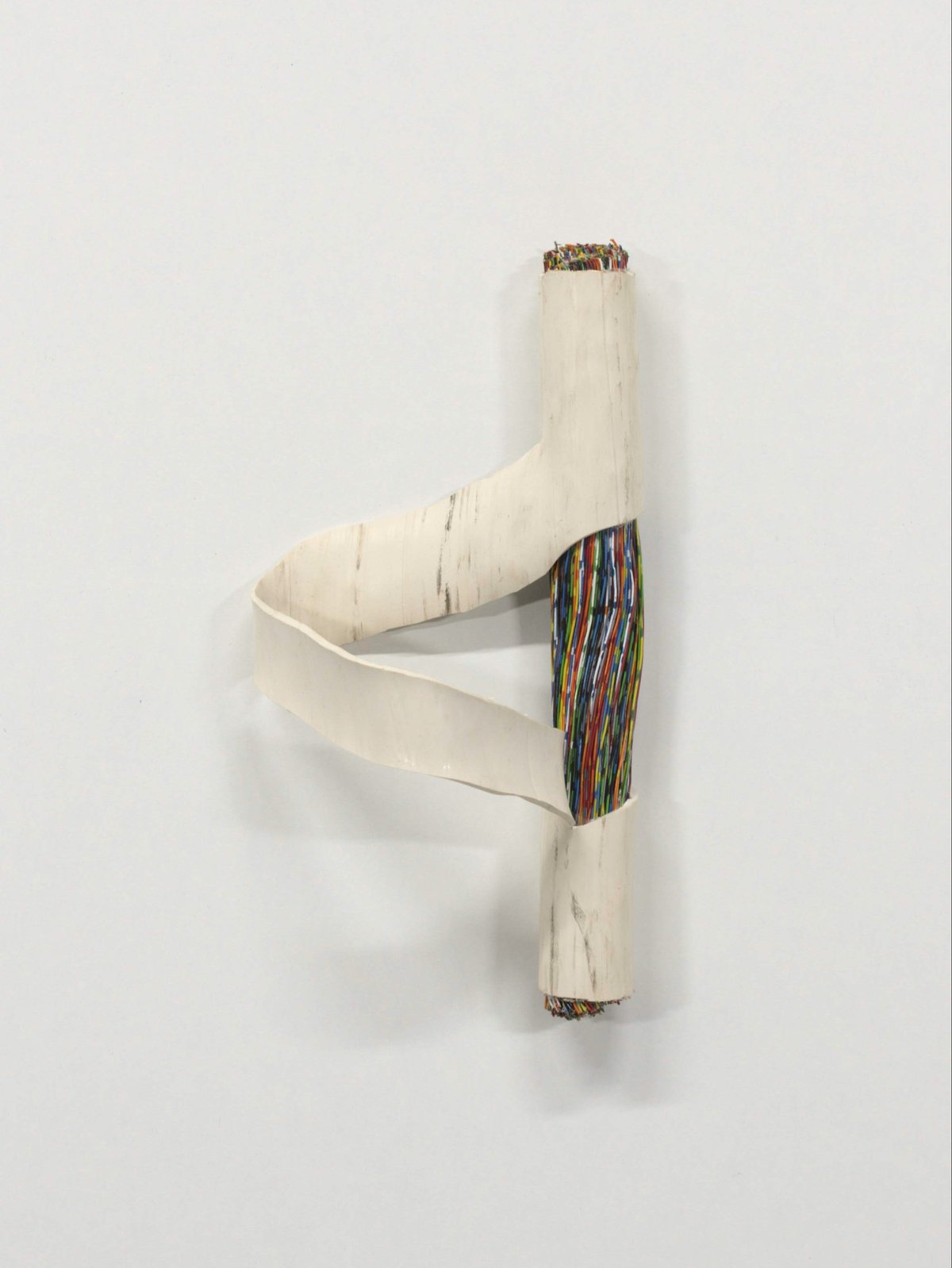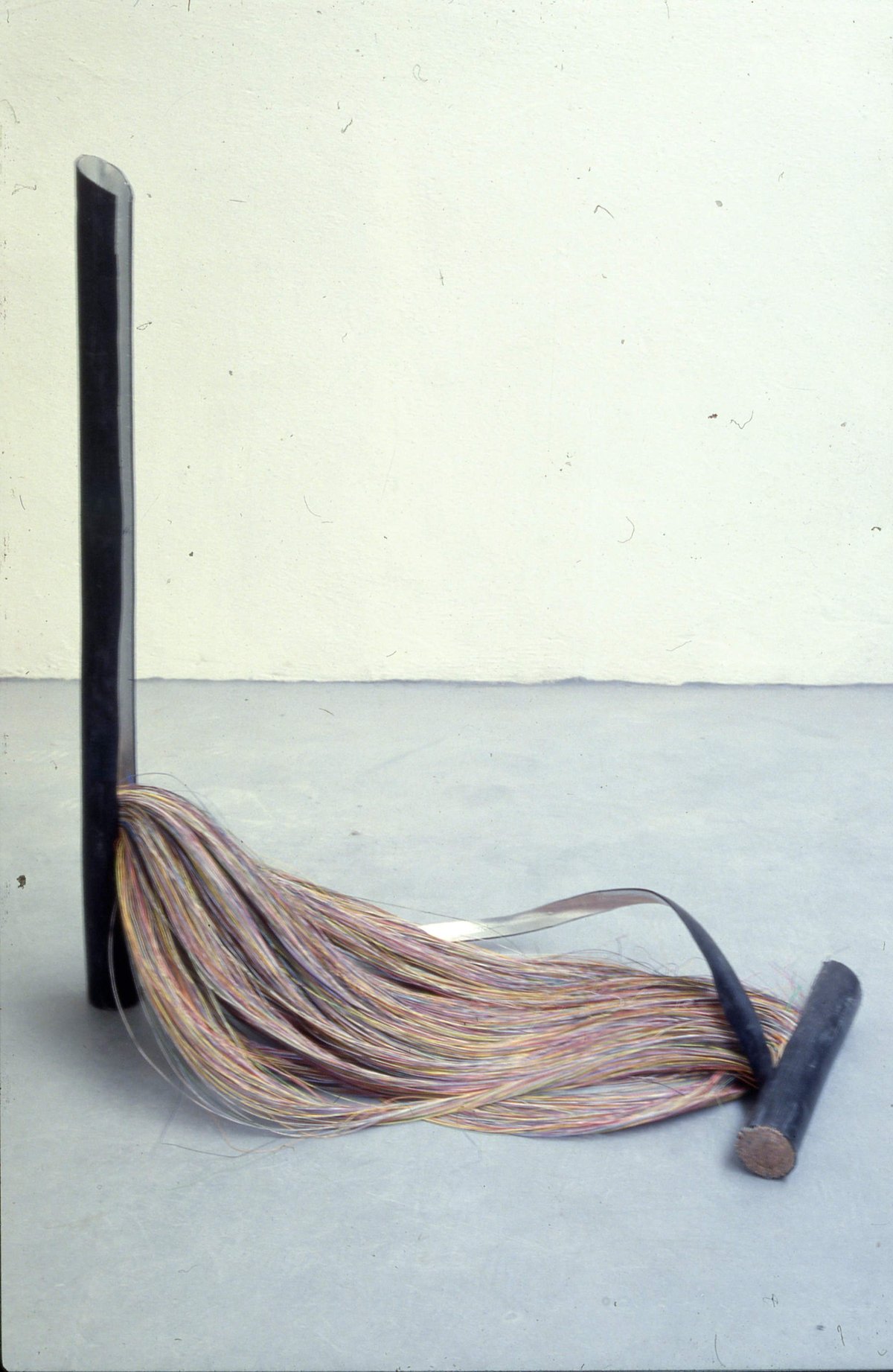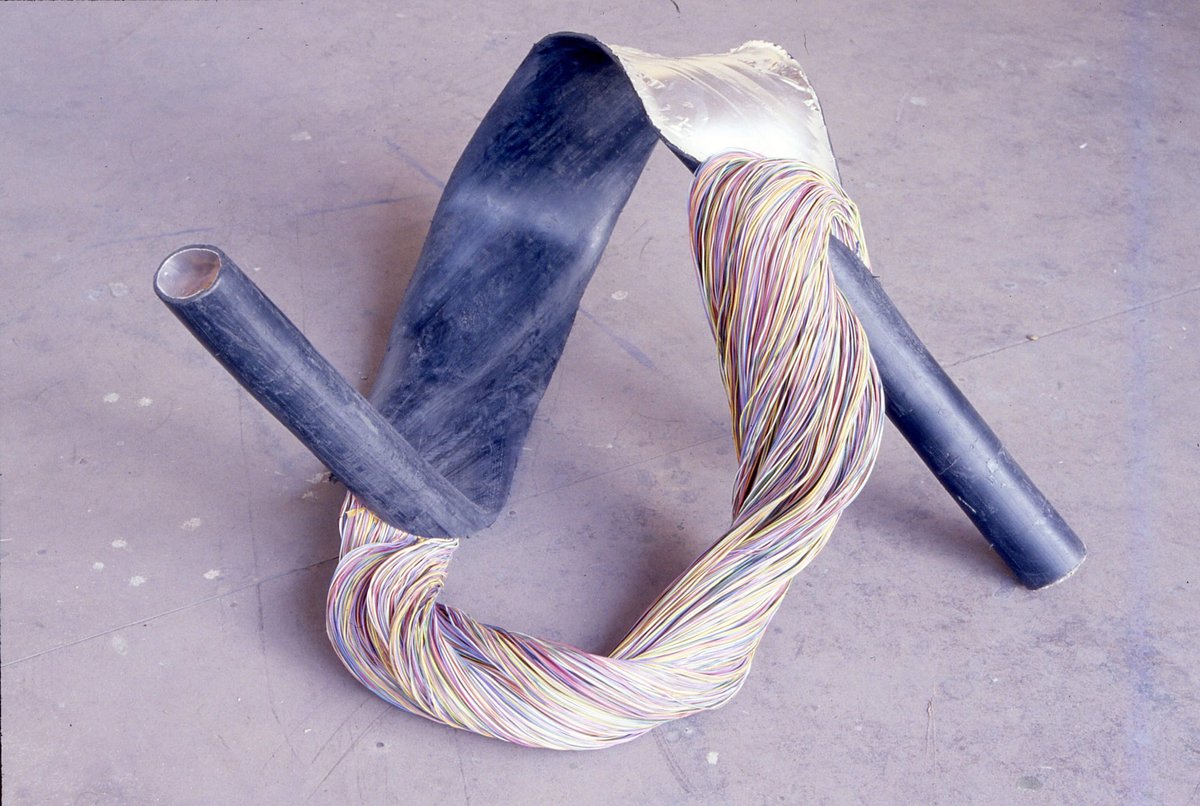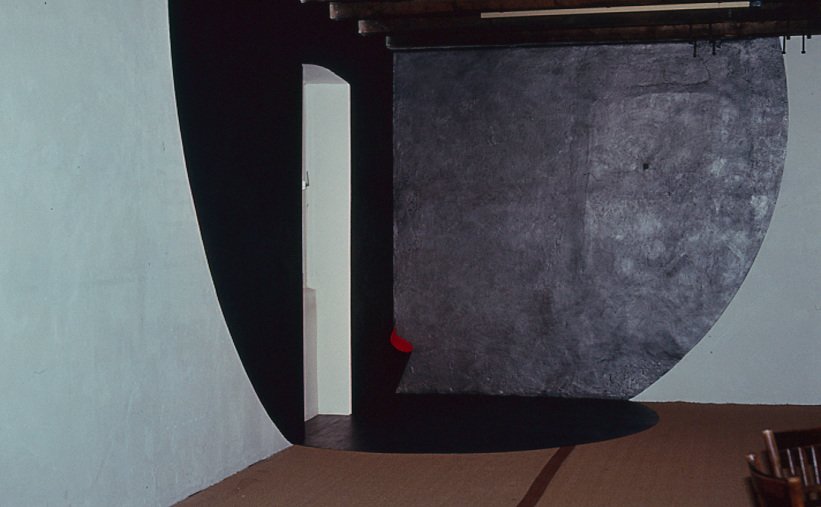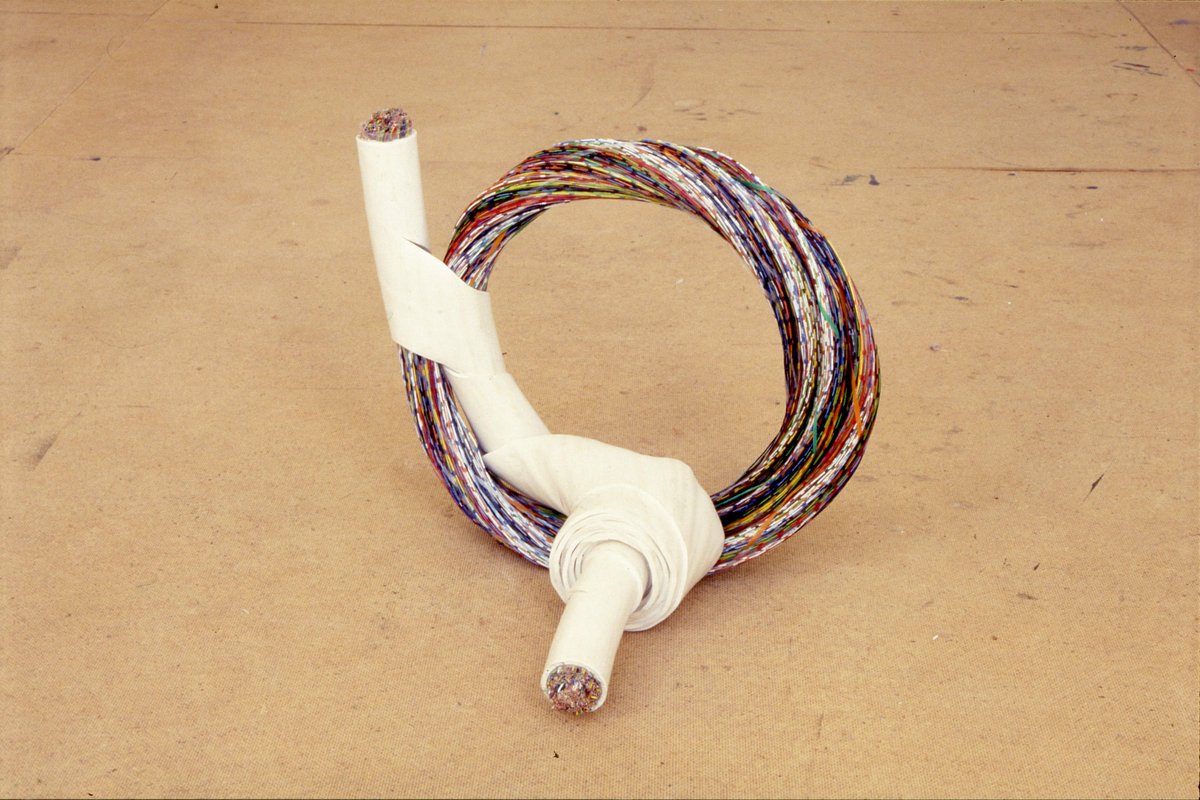on "ebb & flow" and "air castle"
people tend to see things like 'right & wrong', 'inside & outside', 'more or less' as an opposite nature.
but i wonder are they really different from each other?
they might look different depending on where you are and who you are.
like ebb & flow, in reality the amount of sea water is just the same. my work is about questioning such values and to deny the necessity for this type of segregation.
when the same thing is evaluated differently: as entirely opposite, i believe it is because the viewer is placed in the central position of judgement.
if the self is used as a standard, things are distinguished and evaluated only from one position.
the result, while being a declaration of one's own position, may not be an expression of the true state of the world.
my work attempts to show 'a world without conflicting relationships' in a visual form, in order to reveal the meaninglessness of segregation by the fundamental character of the materials.
i am not interested in forcing a material into any symbolic shapes.
i only lead the material towards a new condition in which the opposite nature—'front & back', 'inside & outside'—become the same thing.
in the process the material changes its own shape, and its internal balance adapts to this reorganisation.
so the final shape and size of my works are determined by each single piece of material.
in this way i could present my opinion through 'a shape' which is neither description nor record.
the recent series 'air castle' extends the previous paper and wire works, but in contrast only a small part of the whole work is perceivable.
because only a small part of the world can be seen by any human being, this series uses the planes of the walls and floor as a material equivalent to this fraction, while the work as a whole extends beyond to infinity.
the graphite fan shapes are the border of interior and external space and the visualization of contact when three spherical forms encounter a rectangular room, or when bubbles stick together.
at the corner, where the three fan shapes come in contact, we see a funnel shape with the inside and outside painted apart by graphite and red pigment.
although this funnel can be considered the 'slack' from the floor fan shape, it does not resolve the entire realization of the unseen spheres.
it reveals that 'rational analysis' cannot explain the whole universe as there is 'no standard.'
our perception of the world is of an 'air castle.'
yoko terauchi, 1991 (exhibition text accompanying "yoko terauchi" at edition & galerie hoffmann, friedberg in 1991)
on "air castle"
having a cultural background which is open to the unknown, i cannot accept the western philosophical view of the world as a logical coherent system and the concomitant aim to search for universal truth.
my works are intended to point out the actual source of this dualism, the habit of articulating the world into essences, making the viewer realise how this rational understanding distorts what actually exists, leading to the concept of conflict.
i use installation as a means to focus the viewer’s attention on their own mind and position in space. thus i abandon the western artistic tradition of representing ideas by physical demonstration.
instead what i present are conditions, or situations, which dislocate the viewer’s psychological and physical experience in trying to understand what they see.
i break the framework of the gallery space (and its independence) to involve outer space as a continuous infnity. thus unconscious physical changes of position prior to entering the gallery space might become a very important experience, leading the viewer to realise that they cannot distinguish where they are in relation to what they are confronting. this exemplifies the total loss of a basis to evaluate both subjective and objective points of view.
it is an entrance to a different approach to the world.
yoko terauchi, 1994 (from the exhibition catalogue accompanying "yoko terauchi" at chisenhale gallery, london in 1994)
on "hot lines"
people tend to see things like 'right & wrong', 'beauty & ugliness' as opposites. but i wonder are they really different? they might look different depending on your stand point. like 'ebb and flow', in reality the amount of seawater is the same. my work attempt to show “a world without conflicting relationship” in a visual form, in order to reveal the meaninglessness of segregation by the fundamental character of the materials.
telephone cable is one of the various materials i use. i do not use material as metaphor or symbol. so despite the fact that i named the series 'hot line', there is no connection between the function of the telephone cable and what my work represents. the vivid contrast between the monochrome tube (outside) and the colorful wire (inside) is the reason i use telephone cable as a medium. to deal with 'the equalness of inside and outside'. each 'hot line' is made of one length of cable. nothing is added nor taken away. i only lead the material towards a new condition in which the opposite nature inside & outside become the same thing.
i literally cut the boundary of the tubing to make the wire’s position equal to the tube’s. in the process, the meaning of the material changes its own shape, and its internal balance adapts to this reorganization. so the final shape and size of my works are determined by each single length of telephone cable. in this way i can present my opinion through an 'inevitable' shape which is neither description nor metaphor.
yoko terauchi, 1996 (from the catalogue accompanying the exhibition "yoko terauchi" at museum für post und kommunikation, berlin, 1996)
